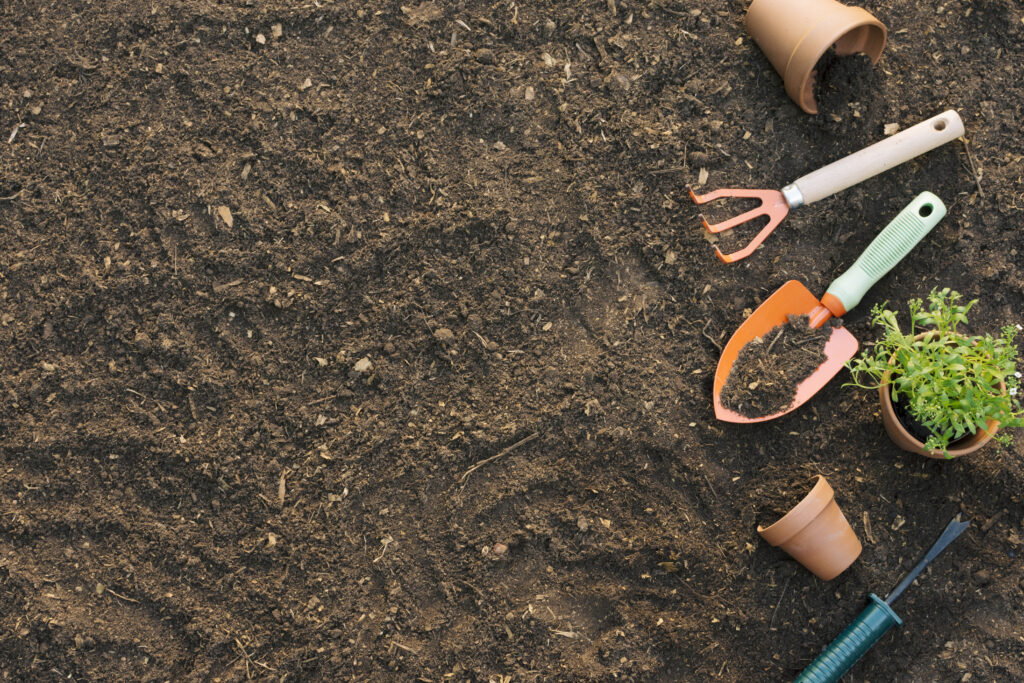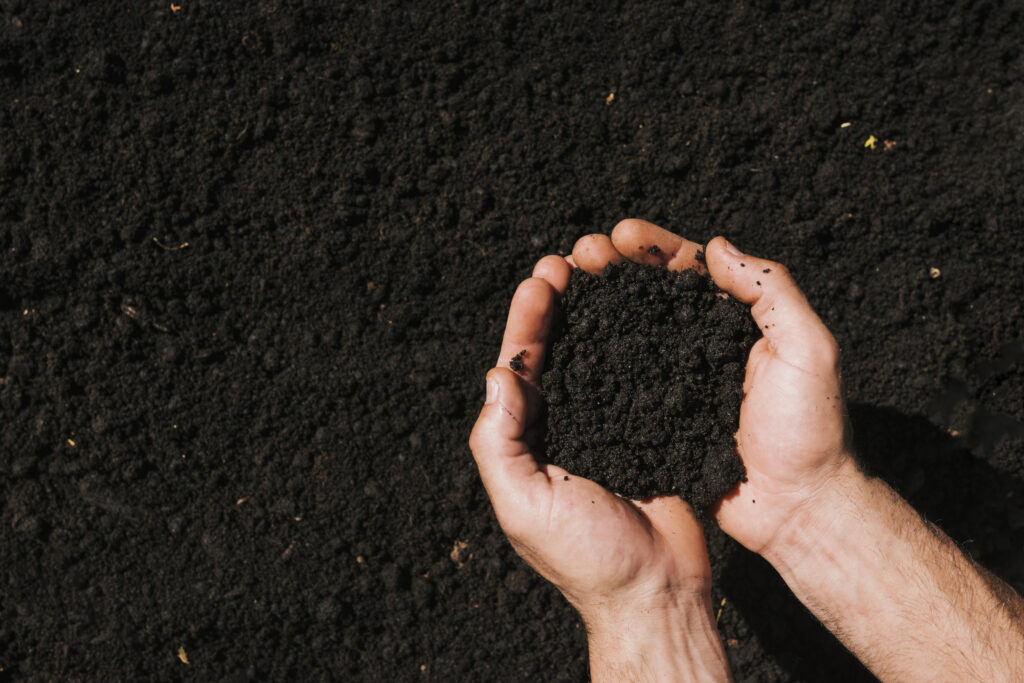Blonde and Black Peat: Differences and Uses in Agriculture and Horticulture
At Murgiplast, we are not only dedicated to the manufacture of plastic pots and agricultural boxes, but we also understand the importance of using quality substrates to ensure success in growing plants. One of the most used and valued substrates in horticulture and gardening is peat. There are different types of peat, and in this blog post, we will explore in detail the characteristics and differences between blonde peat and black peat, as well as providing additional information that may be of interest to those involved in agriculture and horticulture.
What is Peat?
Peat is a type of organic material that forms from the accumulation of decaying vegetation, usually in swampy areas. This decomposition process takes place under anaerobic conditions, that is, in the absence of oxygen, which slows down decomposition and allows the accumulation of organic matter. Peat is commonly used as a substrate in horticulture due to its ability to retain moisture and nutrients, which promotes plant growth.
Types of Peat: Blonde and Black
Blonde Peat
Blonde peat is the youngest type of peat and forms in the surface layers of swamps. It is characterized by its light brown or yellow color and its fibrous structure. Blonde peat is less decomposed than black peat, making it lighter and with a greater capacity to retain air. Some of its main features are:
- Low level of decomposition: Being less decomposed, blonde peat retains more fibrous organic matter.
- High water retention capacity: It can absorb and retain large amounts of water, which is beneficial for maintaining soil moisture.
- Acidity: Blonde peat generally has an acidic pH, which can be advantageous for certain plants that prefer acidic soils.
- Common use: It is mainly used in seed germination and as a component in substrates for plants that require well-aerated soils.
Black Peat
Black peat, in contrast, is older and is found in the deeper layers of swamps. It has a dark color, almost black, and a denser structure due to its greater degree of decomposition. Its main features include:
- Greater decomposition: Black peat is more decomposed, giving it a finer and less fibrous texture.
- High nutrient retention capacity: Due to its greater decomposition, it is able to retain and supply nutrients more efficiently.
- Lower acidity: Although it can still be slightly acidic, black peat usually has a more neutral pH compared to blonde peat.
- Common use: It is mainly used as an organic amendment to improve soil structure and fertility, as well as in potting substrate mixtures.


Importance of Peat in Agriculture and Gardening
Choosing the right type of peat depends on the specific needs of the plants and the type of crop. Blonde peat, with its excellent air and water retention capacity, is ideal for seed germination and growing young plants. On the other hand, black peat, with its ability to improve soil structure and its higher nutrient content, is more suitable for mature plants and as an amendment in poor soils.
Furthermore, the use of peat contributes to better water management in the soil, which is crucial in areas with drought conditions or in crops that require controlled irrigation. It also improves soil aeration, promoting healthy root development and, consequently, stronger and more productive plants.
Contact Murgiplast for your Peat Needs
At Murgiplast, we understand the importance of using high quality substrates for success in growing plants. We offer a variety of peats, both blonde and black, to suit different agricultural and gardening needs. If you are interested in obtaining more information or requesting a quote for our products, do not hesitate to contact us. We are here to help you find the perfect solution for your crops.
